Another Station Upgrade:
Another Station Upgrade:
Spacewalkers Jeff Williams and Kate Rubins to install new TV cameras
On Thursday, Sept. 1, U.S. astronauts Jeff Williams and Kate Rubins will conduct the station’s 195th American spacewalk. As part of their activities, the pair will install the first of several enhanced high-definition television cameras that will monitor activities outside the station, including the comings and goings of visiting cargo and crew vehicles

Working on the station’s backbone, or truss, Williams and Rubins will retract a thermal radiator that is part of the station’s cooling system.

As was the case for their first spacewalk together on Aug. 19, Williams will be designated as extravehicular crew member 1 (EV1), wearing a spacesuit with a red stripe, while Rubins will be EV2, wearing a suit with no stripes.
Watch LIVE!
Coverage of the spacewalk begins at 6:30 a.m. EDT on Thursday, Sept. 1; with the spacewalk scheduled to begin at 8:05 a.m. EDT. Stream live online HERE.
Make sure to follow us on Tumblr for your regular dose of space: http://nasa.tumblr.com
More Posts from Littlecadet-biguniverse and Others

The Running Chicken Nebula.
Image Credit & Copyright: Andrew Campbell

These three bright nebulae are often featured in telescopic tours of the constellation Sagittariusand the crowded starfields of the central Milky Way.
In fact, 18th century cosmic touristCharles Messier cataloged two of them; M8, the large nebula left of center, and colorful M20 near the bottom of the frame. The third, NGC 6559, is right of M8, separated from the larger nebula by dark dust lanes. All three are stellar nurseries about five thousand light-years or so distant. The expansive M8, over a hundred light-years across, is also known as the Lagoon Nebula. M20’s popular moniker is the Trifid.
In the composite image, narrowband data records ionized hydrogen, oxygen, and sulfur atoms radiating at visible wavelengths. The mapping of colors and range of brightness used to compose this cosmic still life were inspired by Van Gogh’s famous Sunflowers.
Just right of the Trifid one of Messier’s open star clusters,M21, is also included on the telescopic canvas.
Object Names: M8, M20, M2, NGC 6559
Image Type: Astronomical
Credit: NASA, AndrewCampbell
Time And Space


The Department of Awesome Natural Phenomena has features amazing auroras before, but never an aurora on another planet! This extraordinary sight, brought to us by the NASA/ESA Hubble Space Telescope, is an incredibly colossal aurora taking place on Jupiter:
“At the gas giant’s north pole, the most powerful and luminous northern lights in the solar system shimmer and glow in an endless geomagnetic storm that’s larger than our entire planet.”
That’s right, Jupiter itself is already so awesomely huge that its auroras are larger than the planet Earth.
Watch this time-lapse video of the Jupiter auroras and then visit the Hubble website to learn more about this amazing phenomena.
[via Twisted Sifter and Gizmodo]

Nebula NGC 3603
js

Rosette Field

Wings of a butterfly nebula.
Image Credit: Hubble Legacy Archive, NASA, ESA - Processing: Judy Schmidt
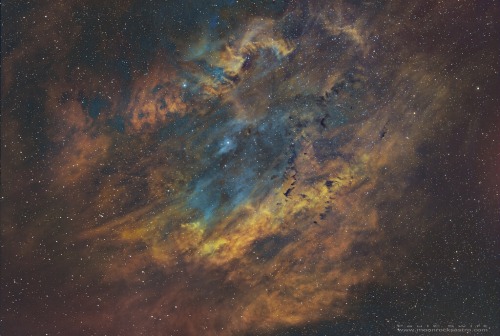
Sh2-119 Sharpless 119,emission nebular in Narrowband by Paul C. Swift on Flickr.

Andromeda glowing in infrared.
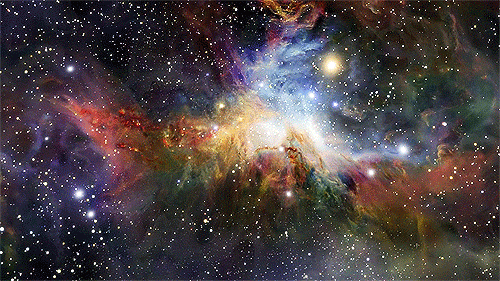
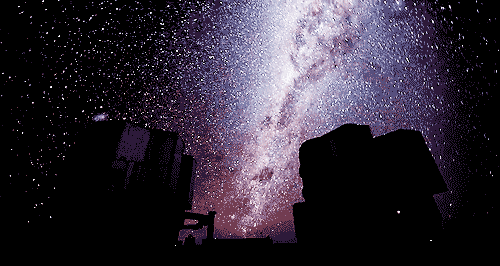
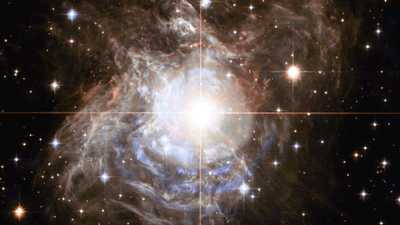
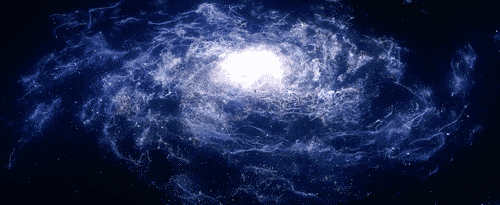
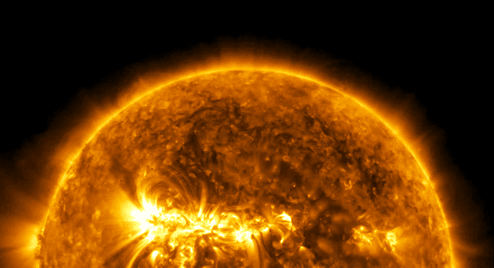
“Every one of us is, in the cosmic perspective, precious. If a human disagrees with you, let them live. In a hundred billion galaxies, you will not find another.” ~ Carl Sagan, Cosmos
-
 fairytail-ship-obsessed liked this · 5 years ago
fairytail-ship-obsessed liked this · 5 years ago -
 mimovieluvr0216 liked this · 7 years ago
mimovieluvr0216 liked this · 7 years ago -
 clearsnowflake liked this · 8 years ago
clearsnowflake liked this · 8 years ago -
 best-hotels-posts reblogged this · 8 years ago
best-hotels-posts reblogged this · 8 years ago -
 pickk-me liked this · 8 years ago
pickk-me liked this · 8 years ago -
 mhallgath liked this · 8 years ago
mhallgath liked this · 8 years ago -
 sugarmoontangerine liked this · 8 years ago
sugarmoontangerine liked this · 8 years ago -
 yujiro023-blog liked this · 8 years ago
yujiro023-blog liked this · 8 years ago -
 merybowie-blog liked this · 8 years ago
merybowie-blog liked this · 8 years ago -
 missruckus liked this · 8 years ago
missruckus liked this · 8 years ago -
 tessalynn72-blog liked this · 8 years ago
tessalynn72-blog liked this · 8 years ago -
 johzyaz liked this · 8 years ago
johzyaz liked this · 8 years ago -
 nuderefsarebest reblogged this · 8 years ago
nuderefsarebest reblogged this · 8 years ago -
 carlosemiliopir liked this · 8 years ago
carlosemiliopir liked this · 8 years ago -
 alienfrauds liked this · 8 years ago
alienfrauds liked this · 8 years ago -
 konst65 liked this · 8 years ago
konst65 liked this · 8 years ago -
 nuderefsarebest liked this · 8 years ago
nuderefsarebest liked this · 8 years ago -
 analgesicsleep reblogged this · 8 years ago
analgesicsleep reblogged this · 8 years ago -
 nasauniversefan-blog liked this · 8 years ago
nasauniversefan-blog liked this · 8 years ago -
 flyingbanana45 liked this · 8 years ago
flyingbanana45 liked this · 8 years ago -
 erielthrym-blog reblogged this · 8 years ago
erielthrym-blog reblogged this · 8 years ago -
 mrchaoticftl-blog liked this · 8 years ago
mrchaoticftl-blog liked this · 8 years ago -
 cool-cat-felix-blog liked this · 8 years ago
cool-cat-felix-blog liked this · 8 years ago -
 calrhyo reblogged this · 8 years ago
calrhyo reblogged this · 8 years ago -
 thefourteenthdoctorr liked this · 8 years ago
thefourteenthdoctorr liked this · 8 years ago -
 fishbubbl3 liked this · 8 years ago
fishbubbl3 liked this · 8 years ago -
 daysofterroruponus reblogged this · 8 years ago
daysofterroruponus reblogged this · 8 years ago -
 predictivemarketing-blog liked this · 8 years ago
predictivemarketing-blog liked this · 8 years ago -
 curiositytherover reblogged this · 8 years ago
curiositytherover reblogged this · 8 years ago -
 unmightywaffle liked this · 8 years ago
unmightywaffle liked this · 8 years ago -
 vroomkat liked this · 8 years ago
vroomkat liked this · 8 years ago -
 iandallamba liked this · 8 years ago
iandallamba liked this · 8 years ago -
 saitamastamaticsoup reblogged this · 8 years ago
saitamastamaticsoup reblogged this · 8 years ago -
 cheezbot liked this · 8 years ago
cheezbot liked this · 8 years ago -
 k-120 liked this · 8 years ago
k-120 liked this · 8 years ago -
 estamosdentro reblogged this · 8 years ago
estamosdentro reblogged this · 8 years ago -
 sweetteadivination-blog liked this · 8 years ago
sweetteadivination-blog liked this · 8 years ago -
 kawaiimayhem170 reblogged this · 8 years ago
kawaiimayhem170 reblogged this · 8 years ago -
 psikh000 liked this · 8 years ago
psikh000 liked this · 8 years ago -
 bahbrino-blog liked this · 8 years ago
bahbrino-blog liked this · 8 years ago -
 nvilyv liked this · 8 years ago
nvilyv liked this · 8 years ago
GREETINGS FROM EARTH! Welcome to my space blog! Let's explore the stars together!!!
144 posts
